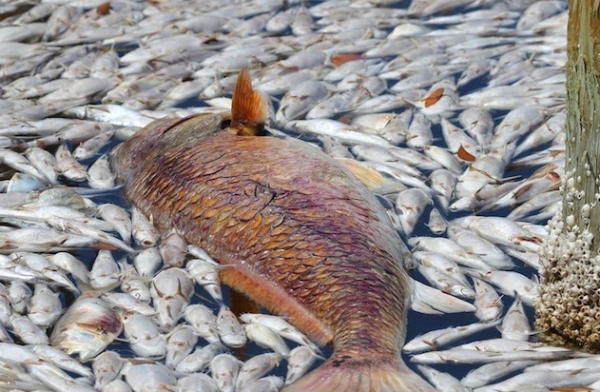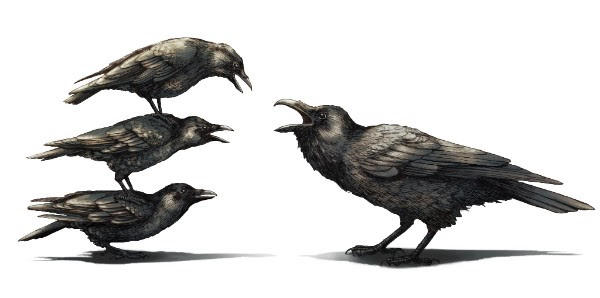RISE Armament Now Shipping the All-New 1121XR in 6.5 Creedmoor

Broken Arrow, Oklahoma — RISE Armament, a premier manufacturer and supplier of AR firearms and components, is pleased to announce that the all-new 1121XR precision rifle in 6.5 Creedmoor is in full production and is now shipping.
The 1121XR precision rifle is designed for those who want more out of a heavy-caliber gas firearm. RISE has reduced the weight significantly, making the gun extremely portable, while still guaranteeing sub-1 MOA accuracy.
With the 1121XR, competitors and long-range shooters can have the accuracy of a bolt-action gun with the benefit of quick follow-up shots due to minimal recoil and muzzle bounce. Big-game hunters can also have accurate knock-down power at long distances without having the extra weight that typically comes with such a platform.
“We’ve been looking forward to this day since we began discussing the 1121XR in 6.5 Creedmoor,” said Matt Torres, president of RISE Armament. “RISE is extremely excited to make this firearm available to our customers.”
Features include a 15-inch slim, streamlined billet aluminum handguard. The 1121XR is MLOK compatible with a Picatinny upper rail system, welcoming numerous accessories and customization options. The gun sports RISE Armament’s RA-535 Advanced-Performance Trigger with a 3.5-pound pull, incredibly crisp release with virtually no overtravel, and a short reset for fast follow-up shots. Read more







